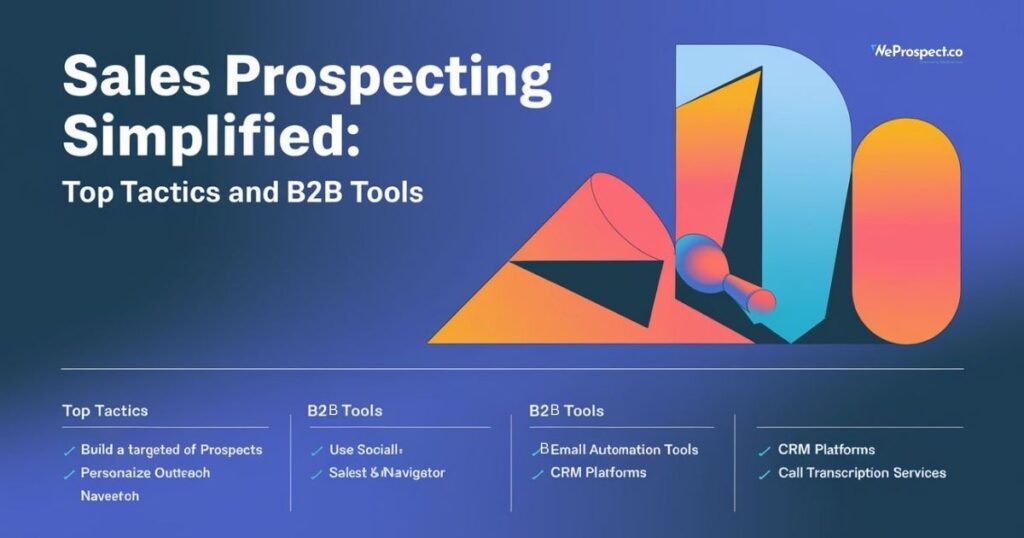
Sales prospecting is identifying potential customers, also known as prospects, and engaging with them to turn them into actual buyers. In B2B sales, prospecting is essential because it helps salespeople connect with potential clients and build relationships. However, this process can be challenging, requiring careful planning, strategy, and persistence.
One of the critical aspects of successful sales prospecting is having the right mindset. The right attitude can significantly affect your motivation to stick with the process. Top performers often follow four essential strategies, which we call the WAVE method: Winner’s Mindset, Attraction Campaign, Value, and Execution.

Your mindset directly affects your behavior. When you approach sales prospecting positively, you’re more likely to stay committed and energized. Focus on constantly improving your approach and celebrating small wins along the way. It’s important to remain optimistic, even when facing rejection, and continue refining your strategy based on your learning.
Prospecting is not just about finding buyers—it’s about attracting them. The best way to do this is through a carefully crafted campaign. An attraction campaign is a series of personalized messages and content sent to your target over time. These communications are designed to generate interest and, ultimately, lead to a sales meeting. Instead of focusing on selling right away, the goal is to create interest and build rapport with the potential buyer.
Every interaction you have with a prospect must bring value. Prospects are more likely to engage with you when they see that your offerings will help solve a problem or meet a need. Consider what the prospect cares about and ensure your outreach is relevant and beneficial to them. Whether it’s a piece of advice, an industry insight, or a product feature, ensure that you’re always providing value.
Having a strategy is just the beginning. Execution is what matters. Committing your time, energy, and focus to following through on your sales prospecting efforts is essential. Stay disciplined in your approach and continuously track your progress. By executing your plan consistently, you’ll increase your chances of success.
When people think about sales prospecting, they often assume the goal is to find someone already ready to buy. This assumption can lead to several problems:
Before starting any outreach, you need a well-defined target list. Ask yourself: “Who are my ideal prospects?”
Get as specific as possible. Narrow down by industry, company size, and even individual roles. Consider any existing relationships and look for potential trigger events that indicate a need for your product or service.
Your target list should include the following:
Once you’ve built a list, research each prospect to ensure they fit well. This step is crucial for building rapport and customizing your outreach. The more you know about the prospect, the better you can position your offering.
Research doesn’t have to take hours. Here’s a quick process you can follow:
Your offer doesn’t need to be a hard pitch right away. Your initial outreach should focus on building a relationship. Personalize your message and include a clear value proposition. It could be offering new ideas, sharing best practices, or inviting them to a webinar.
Make sure your offer is easy to say “yes” to and leaves room for follow-up conversations.
Effective B2B prospecting involves multiple touchpoints across different channels, such as emails, calls, and social media. It often takes eight or more touches to secure a meeting. Use a mix of methods and personalize each message.
Plan your campaign in batches based on industry, size, or geography to make your outreach more manageable. This approach will help you stay organized and maximize the effectiveness of your efforts.

